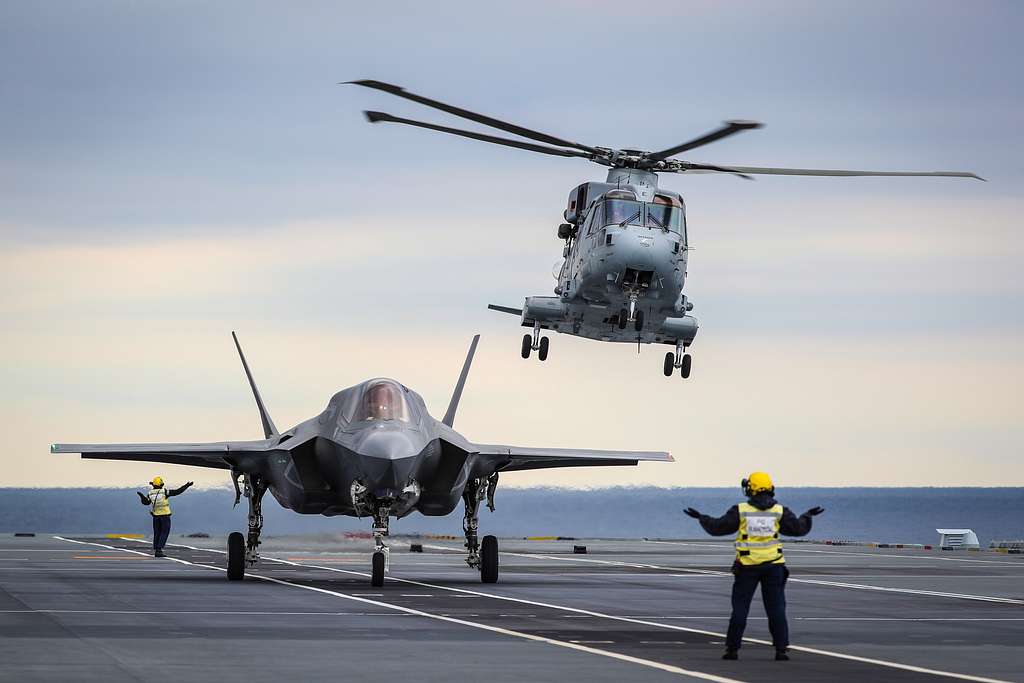Introduction
Social media has transformed the way we communicate, share information, and interact with the world. This article provides a thorough analysis of the role of social media in modern society, exploring its impact, influence, and the challenges it presents. We will examine how social media shapes public opinion, affects personal relationships, and influences various aspects of society.
1. Understanding Social Media
To comprehend the role of social media, it’s important to define what it encompasses:
- What is Social Media?: Definition and overview of social media platforms and their functions.
- Types of Social Media: Description of different types of social media platforms, including social networks, microblogs, and media sharing sites.
2. The Impact of Social Media on Communication
Exploring how social media has changed communication practices:
- Changing Communication Norms: How social media has altered the way people communicate and interact.
- Instant Connectivity: The impact of real-time communication on personal and professional relationships.
- Global Reach: How social media connects people across the globe and influences cross-cultural interactions.
3. Social Media and Public Opinion
Analyzing the influence of social media on public opinion and societal attitudes:
- Information Dissemination: How social media platforms facilitate the spread of information and news.
- Influence on Public Discourse: The role of social media in shaping public debate and opinion on various issues.
- Echo Chambers and Filter Bubbles: Examination of how social media can create echo chambers and reinforce existing beliefs.
4. Social Media and Personal Identity
Investigating how social media affects personal identity and self-perception:
- Identity Formation: How individuals curate their online personas and its impact on self-identity.
- Social Validation: The role of likes, shares, and comments in shaping personal self-esteem and identity.
- Privacy Concerns: Discussion of privacy issues and the management of personal information on social media platforms.
5. Social Media’s Role in Business and Marketing
Examining how businesses use social media for marketing and customer engagement:
- Digital Marketing Strategies: Overview of social media marketing techniques and their effectiveness.
- Brand Building: How companies build and manage their brand image through social media.
- Customer Engagement: The role of social media in interacting with customers and addressing their concerns.
6. Social Media and Politics
Exploring the impact of social media on political processes and campaigns:
- Political Campaigning: How political candidates and parties use social media to reach voters and influence opinions.
- Social Movements: The role of social media in organizing and mobilizing social and political movements.
- Disinformation and Misinformation: Challenges related to the spread of false information and its impact on democracy.
7. Challenges and Risks
Discussing the challenges and risks associated with social media:
- Cyberbullying: The prevalence and impact of cyberbullying and harassment on social media.
- Addiction and Mental Health: The effects of social media use on mental health and well-being.
- Data Privacy: Concerns related to data security and privacy breaches on social media platforms.
8. Future Trends in Social Media
Looking at emerging trends and the future of social media:
- Technological Innovations: Advances in social media technology and their potential impact.
- Changing User Behaviors: Predictions on how user behavior and preferences might evolve.
- Regulatory Developments: Anticipated changes in regulations and policies affecting social media platforms.
9. Case Studies
Detailed examination of specific instances illustrating the role of social media:
- Case Study 1: Analysis of a significant social media campaign and its impact.
- Case Study 2: Examination of a social media-driven political movement or event.
- Comparative Analysis: Comparison of different case studies to highlight diverse effects and uses of social media.
10. Conclusion
Summarizing the key findings and reflections on the role of social media:
- Summary of Insights: Recap of the major impacts and influences of social media discussed in the article.
- Final Thoughts: Reflecting on the overall significance of social media and its future trajectory.

